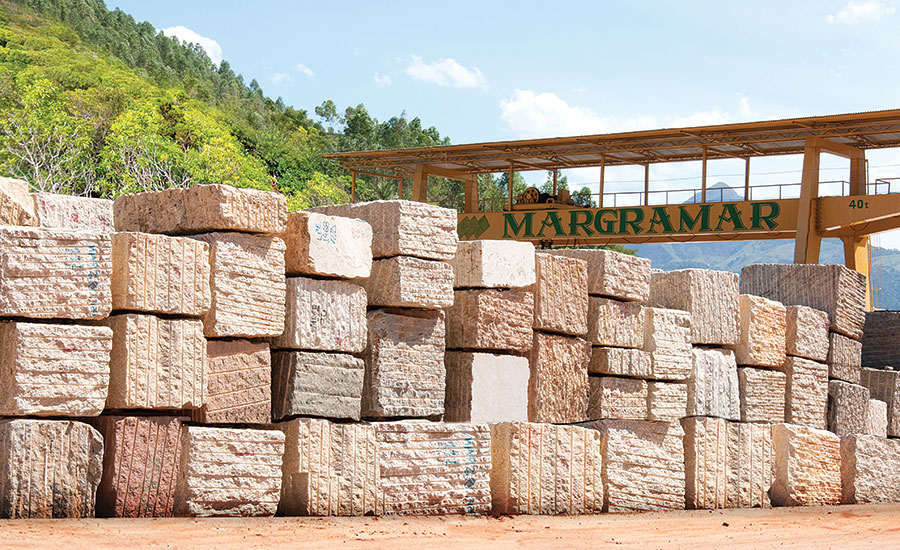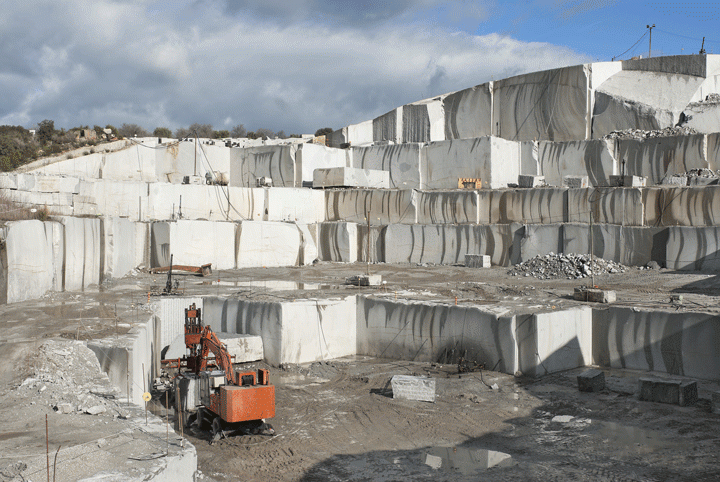Introducing Granite Quarries in South Africa Tradition: A Journey Via Quarries
Introducing Granite Quarries in South Africa Tradition: A Journey Via Quarries
Blog Article
Unearthing the Rich History and Sustainable Practices of Granite Quarrying
As we depend on the precipice of discovering the complex tapestry of granite quarrying, a trip through time discloses not simply the physical act of drawing out stone yet likewise the cultural and historical value woven right into the extremely fabric of this method. From the old origins that laid the foundation for modern-day quarrying techniques to the sustainable techniques that are shaping the future of this market, each chisel mark on granite surface areas tells a tale waiting to be unearthed (granite quarries in south africa). The tradition of granite quarrying extends far beyond plain removal; it is a testimony to human resourcefulness, strength, and the long-lasting allure of this majestic rock
Ancient Beginnings of Granite Quarrying
Dating back to old people, the technique of quarrying granite has been an important component of human history and architectural innovation. The earliest evidence of granite quarrying dates back to ancient Egypt, where large pyramids and intricate sculptures were crafted from this resilient rock. The Egyptians made use of primitive devices to remove granite blocks from quarries, showcasing the relevance of this material in their monumental buildings.
Moving ahead in history, the Greeks likewise made considerable payments to the quarrying of granite. The Greeks utilized granite in different building marvels, such as holy places and sculptures, showing their skill in shaping and sculpting this durable rock. The Romans further fine-tuned the strategies of quarrying granite, using sophisticated devices like chisels and hammers to remove and shape granite for their famous structures.
Via the centuries, the technique of quarrying granite has evolved, with modern innovations enhancing performance while maintaining the classic appeal of this natural stone - granite quarries in south africa. From ancient human beings to modern home builders, the tradition of granite quarrying continues to shape our world
Evolution of Quarrying Techniques
The advancement of quarrying strategies has actually been marked by a continuous development towards greater performance and precision in drawing out granite. From the simple approaches employed by our ancestors to the advanced technologies used in modern-day quarrying operations, the market has actually undertaken significant advancements. Early quarrying techniques included manual labor with fundamental devices such as chisels, hammers, and wedges to draw out granite blocks from the planet. As civilizations advanced, techniques like fire-setting and primitive dynamites were presented to assist in the extraction process.
In even more recent times, the development of equipment reinvented the quarrying sector, allowing faster extraction prices and boosted performance. Technologies such as ruby cable saws, high-pressure water jets, and pneumatically-driven drills have actually come to be common in modern-day quarries, enabling accurate cutting and minimized waste. Developments in computer-controlled tools and 3D modeling have enhanced quarrying operations, leading to very little environmental impact and enhanced sustainability methods. As the demand for granite proceeds to climb, the advancement of quarrying methods remains essential to meeting sector needs efficiently and sustainably.
Social Importance of Granite
Granite holds an extensive social significance throughout different people due to its long-lasting existence in architectural masterpieces and admired monuments. From the stunning pyramids of Egypt to the elaborate carvings of the Angkor Wat holy place in Cambodia, granite has actually been a material of choice for sharing majesty and durability in cultural heritage. In old Rome, granite columns embellished holy places and public buildings, symbolizing strength and durability. The social importance of granite extends beyond its physical attributes; it personifies durability, stability, and timelessness, making it an icon of withstanding traditions and traditions.

Lasting Practices in Quarrying
Amidst the abundant background of granite quarrying and its cultural significance lies an expanding emphasis on sustainable practices within the market. As environmental awareness and problems concerning source deficiency have actually enhanced globally, the quarrying industry has significantly accepted sustainable approaches to reduce its influence on the atmosphere and bordering communities.

In addition, improvement and best site recovery of quarry sites post-extraction are important to sustainable practices. By restoring quarried areas to a natural or useful state, such as developing wild animals environments or entertainment spaces, quarriers can offset the ecological footprint of their operations and contribute favorably to the neighborhood ecological community.
Heritage of Granite Quarrying
With a historic backdrop steeped in workmanship and commercial development, what withstanding impact has granite quarrying left on the landscape of modern culture? The heritage of granite quarrying transcends mere removal techniques; it has shaped building wonders, metropolitan landscapes, and cultural heritage worldwide. The sturdy nature of granite has actually made it a favored option for monuments, structures, and framework, standing as a testimony to the skill and artistry of quarry employees throughout generations.
In addition, the financial footprint of granite quarrying can not be neglected. The industry continues to give employment possibility and drive local economic climates in regions where granite extraction is prevalent. It has actually also spurred technological advancements in quarrying techniques and tools, bring about more reliable and sustainable methods.
In regards to sustainability, the legacy of granite quarrying includes efforts to minimize ecological impacts with reclamation jobs and responsible resource monitoring. By balancing economic rate of interests with environmental stewardship, the sector makes every effort to guarantee that future generations can proceed to gain from this enduring natural deposit.
Conclusion

Report this page